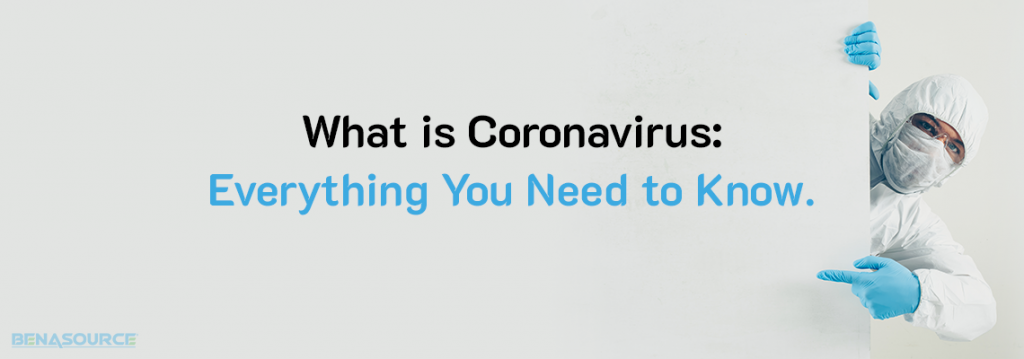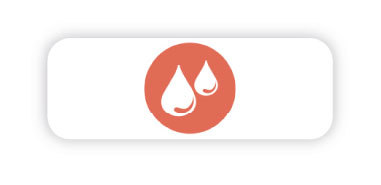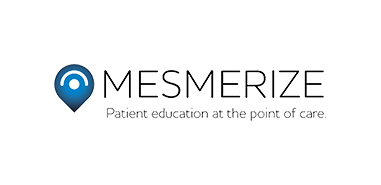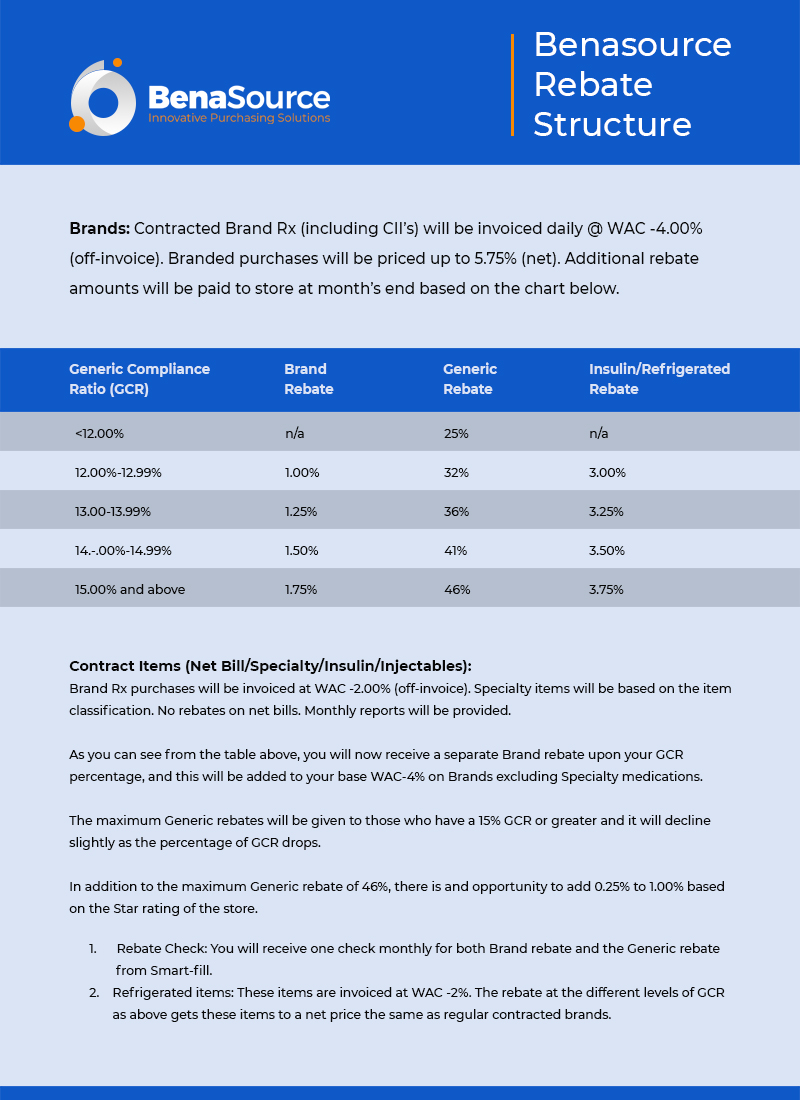One of the most outrageous and sensational outbreaks that have affected the world’s economy is the very novel Coronavirus. Most of us still wonder what is Coronavirus, so let me help you understand CoronaVirus.
What is Coronavirus?
COVID-19 is a disease caused by a new strain of epidemic coronavirus. ‘CO’ stands for corona, ‘VI’ for a virus and ‘D’ for the disease. Transmission of SARS-CoV-2 can occur through direct, indirect, or close contact with infected people through infected secretions such as saliva and respiratory secretions or their respiratory droplets, which are expelled when an infected person coughs, sneezes, talks, or sings. Infection with SARS-CoV-2 primarily causes respiratory illness ranging from mild disease to severe disease and death, and some people infected with the virus never develop symptoms. It’s been stated that 95% of the population is affected by mild symptoms while 4% and 1% are affected by moderate and severe illness.
Where Did Coronavirus Come From?
In December 2019, a pneumonia outbreak was reported in Wuhan, China. On December 31, 2019, the attack was traced to a novel strain of Coronavirus, which was given the interim name 2019-nCoV by the World Health Organization (WHO), later renamed SARS-CoV-2 by the International Committee on Taxonomy of Viruses.
As of September 10, 2020, there have been at least 904,192 confirmed deaths and more than 27,891,274 confirmed cases in the COVID-19 pandemic. The Wuhan strain has been identified as a new strain of Betacoronavirus from group 2B, with approximately 70% genetic similarity to the SARS-CoV. The virus has a 96% similarity to a bat coronavirus, so it is widely suspected to originate from bats as well. The pandemic has resulted in travel restrictions and nationwide lockdowns in many countries.
History Of Coronavirus
The word “coronavirus” was first used in print in 1968 by an informal group of virologists in the journal Nature to designate the new family of viruses. It’s said that Shi ZHENG LI, lead scientist at the Wuhan Institute of Virology (WIV), working with samples of bat feces in 2011 and 2012, isolated a novel virus that was very similar to SARS, which had been responsible for a pandemic a decade earlier. Shi–known as China’s “bat woman” for her tireless research on the winged mammal–warned that other bat-borne diseases could easily spill over into human populations. Seven years later, her fears appear vindicated. In a February paper, Shi revealed what she called the “closest relative” of what would become known as SARS-CoV-2, the Coronavirus that causes COVID-19.
Coronaviruses vary significantly in the risk factor. Some can kill more than 30% of those infected, such as MERS-CoV, and some are relatively harmless, such as the common cold. Coronaviruses can cause colds with major symptoms, such as fever and a sore throat from swollen adenoids. Coronaviruses can cause pneumonia (either direct viral pneumonia or secondary bacterial pneumonia) and bronchitis (either direct viral bronchitis or secondary bacterial bronchitis). The human Coronavirus discovered in 2003, SARS-CoV, which causes severe acute respiratory syndrome (SARS), has unique pathogenesis because it causes both upper and lower respiratory tract infections.
Six species of human coronaviruses are known, with one species subdivided into two different strains, making seven human coronaviruses together.
Four human coronaviruses produce symptoms that are generally mild:
Three human coronaviruses produce symptoms that are potentially severe:
-
-
- The middle East respiratory syndrome-related coronavirus (MERS-CoV), β-CoV
- Severe acute respiratory syndrome coronavirus (SARS-CoV), β-CoV
- Severe acute respiratory syndrome coronavirus 2 (SARS-CoV-2), β-CoV
-
Common Cold
The human coronaviruses HCoV-OC43, HCoV-HKU1, HCoV-229E, and HCoV-NL63 continually circulate in the human population and produce the generally mild symptoms of the common cold in adults and children worldwide. These coronaviruses cause about 15% of common colds, while 40 to 50% of colds are caused by rhinoviruses. The four mild coronaviruses have a seasonal incidence occurring in the winter months in temperate climates
Severe acute respiratory syndrome coronavirus (SARS-CoV), β-CoV
SARS produces flu-like symptoms and may include fever, muscle pain, lethargy, cough, sore throat, and other nonspecific symptoms. The only symptom common to all patients appears to be a fever above 38 °C (100 °F). SARS may eventually lead to shortness of breath and pneumonia, either direct viral pneumonia or secondary bacterial pneumonia.
The average incubation period for SARS is 4–6 days, although rarely it could be as short as one day or as long as 14 days.
Middle East respiratory syndrome (MERS)
The Middle East respiratory syndrome (MERS), also known as camel flu, is a viral respiratory infection caused by the MERS-coronavirus (MERS-CoV). Symptoms may range from none to mild to severe. Typical symptoms include fever, cough, diarrhea, and shortness of breath. The disease is typically more severe in those with other health problems. MERS-CoV is a coronavirus believed to be initially from bats. However, humans are usually infected from camels, either during direct contact or indirectly. Spread between humans typically requires close contact with an infected person. Its spread is uncommon outside of hospitals. Thus, its risk to the global population is currently deemed to be reasonably low.
What Should You Do To Protect Yourself
1. Wash your Hands:
Wash your hands often with soap and water for at least 20 seconds, especially after going to the bathroom; before eating; and after blowing your nose, coughing, or sneezing. If soap and water are not readily available, use an alcohol-based hand sanitizer with at least 60% alcohol. Always wash hands with soap and water if your hands are visibly dirty. Avoid touching your eyes, nose, and mouth with unwashed hands.
Avoid close contact with people who are sick. Stay home when you are sick. Cover your cough or sneeze with a tissue, then throw the tissue in the trash and wash your hands if you don’t have a tissue, cough or sneeze into your elbow, rather than into your hands. Clean and disinfect frequently touched objects and surfaces.
2. Wear a Cloth Face Mask
On April 3, the CDC changed its guidelines on face masks, recommending that people wear cloth face coverings in public settings. This is especially encouraged in situations where social distancing is difficult to maintain (such as in a grocery store or pharmacy) and in areas of significant community-based transmission. According to the CDC, studies have shown that individuals with the novel coronavirus could be asymptomatic or pre-symptomatic, prompting them to make this new recommendation. While this measure is intended to help mitigate the spread, it’s important to note that it does not replace social distancing recommendations. In addition, surgical masks and N-95 respirators should remain reserved for healthcare workers and medical first responders.
3. Keep Social Distancing
Social distancing remains a crucial way to mitigate spread. The CDC recommends maintaining a distance of approximately 6 feet from others in public places since respiratory droplets produced by coughing or sneezing do not travel more than 6 feet. While at home, remind everyone to practice everyday preventive actions – such as washing hands and wiping down surfaces – to help reduce the risk of getting sick. If you are symptomatic and have tested positive for COVID-19 but do not require hospitalisation, you should stay in a specific “sick room” and away from other people in your home as much as possible and use a separate bathroom, if available. If your living space makes it challenging to keep a 6-foot distance, stay as far apart as possible, continue to practice good hygiene, and wear a mask.
4. Avoid Travelling
Travelling can help increase the spread of COVID-19 and put you at risk for contracting the disease. The CDC recommends avoiding all non-essential international travel due to the global spread of coronavirus. It also advises people to weigh the risks of domestic travel: “COVID-19 cases and deaths have been reported in all 50 states, and the situation is constantly changing,” states the CDC. “Because travel increases your chances of getting infected and spreading COVID-19, staying home is the best way to protect yourself and others from getting sick.”
“For people at risk for the complications of COVID-19, such as those with underlying medical conditions or those who are older, it’s prudent to avoid travel,” says Dr. Goldberg. If you must travel, take safety measures, consider your mode of transportation, and stay up to date on the restrictions that are in place at your destination.
5. Carry A Sanitizer
Alcoholic hand rubs or sanitizers are the most convenient hygiene measure you can take. It is an effective and practical way to keep your hands clean in public places without getting your hands wet. Buy sanitizers that contain 60 to 95% alcohol.
6. Practice Food Safety
Have separate cutting boards for meat and vegetables and clean them regularly with soap. Wash your hands after handling raw food and before consuming cooked food. Do not eat food from restaurants or stalls that don’t have basic hygiene facilities like hand wash or sanitizer. Only consume meat products that have been thoroughly cooked because the heat kills the germs that may be present.
7. Seek Medical Care Early
If you or someone you know is showing symptoms like cough, fever, or difficulty breathing, visit a doctor as soon as possible. If you are a senior with a history of pneumonia or have symptoms of pneumonia, you need to be on the watch and report to your doctor for necessary tests. By doing so, you will protect yourself and also help prevent the spread of the virus.
8. Stay Informed and Updated
Keep a check on Coronavirus updates in your locality. Avoid parts of the city that have confirmed cases of the disease. Gather information through reliable sources about current prevention methods that have been put in place and follow them. National and local authorities have the most up-to-date information on the situation in your locality.
Calling in advance allows your healthcare provider to direct you to the right health facility quickly. This protects you and prevents the spread of viruses and other infections.
The novel coronavirus spread so rapidly that it has changed the rhythm of the globe. Whether from the perspective of a single country or multilateral level, the solidity of international relations has been put under test. The most apparent consequences include economic recession, a crisis of global governance, trade protectionism, and increasing isolationist sentiment. People-to-people, cultural and travel exchanges have all been restricted. After overcoming the pandemic, which will indeed happen, we must carry out a comprehensive evaluation of the world’s ability to maintain stability when faced with similar challenges in the future. We must also craft measures to cope with these challenges together.
Conclusion
We’ve shared all the relevant information about what is coronavirus in our article.
Remember..
“ Yours and others safety lies in your hands, Stay cautious and stay protected!!”


































